Filter by
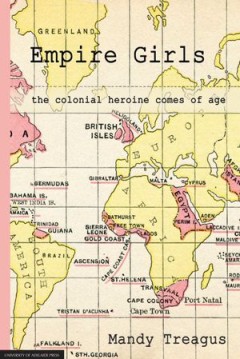
Empire Girls : The Colonial Heroine Comes of Age
Empire Girls: the colonial heroine comes of age is a critical examination of three novels by writers from different regions of the British Empire: Olive Schreiner’s The Story of An African Farm (South Africa), Sara Jeannette Duncan’s A Daughter of Today (Canada) and Henry Handel Richardson’s The Getting of Wisdom (Australia). All three novels commence as conventional Bildungsromane, yet t…
- Edition
- -
- ISBN/ISSN
- 9781922064554
- Collation
- -
- Series Title
- -
- Call Number
- 800 TRE e
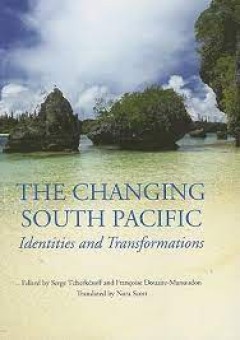
Changing South-Pacific Identities and Transformations
The texts collected in this volume take an anthropological approach to the variety of contemporary societal problems which confront the peoples of the contemporary South Pacific: religious revival, the sociology of relations between local groups, regions and nation-States, the problem of culture areas, the place of democracy in the transition of States founded on sacred chiefdoms, the role of c…
- Edition
- -
- ISBN/ISSN
- 9781921536151
- Collation
- -
- Series Title
- -
- Call Number
- -
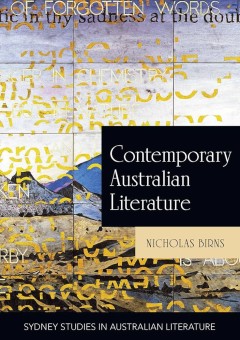
Contemporary Australian Literature : A World Not Yet Dead
Australia has been seen as a land of both punishment and refuge. Australian literature has explored these controlling alternatives, and vividly rendered the landscape on which they transpire. Twentieth-century writers left Australia to see the world; now Australia's distance no longer provides sanctuary. But today the global perspective has arrived with a vengeance. In Contemporary Australian L…
- Edition
- -
- ISBN/ISSN
- 9781743324363
- Collation
- 280 halaman
- Series Title
- Sydney Studies in Australian Literature
- Call Number
- 800 BIR c
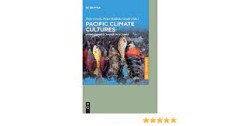
Pacific Climate Cultures Living Climate Change in Oceania
This edited volume examines the opportunities to think, do, and/or create jointly afforded by digital storytelling. The contributors discuss digital storytelling in the context of educational programs, teaching anthropology, and ethnographic research involving a variety of populations and subjects that will appeal to researchers and practitioners engaged with qualitative methods and pedagogies …
- Edition
- -
- ISBN/ISSN
- 9783110591415
- Collation
- -
- Series Title
- -
- Call Number
- -
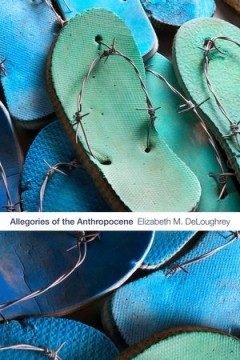
Allegories of the Anthropocene
In Allegories of the Anthropocene Elizabeth M. DeLoughrey traces how indigenous and postcolonial peoples in the Caribbean and Pacific Islands grapple with the enormity of colonialism and anthropogenic climate change through art, poetry, and literature. In these works, authors and artists use allegory as a means to understand the multiscalar complexities of the Anthropocene and to critique the v…
- Edition
- -
- ISBN/ISSN
- 9781478004103
- Collation
- -
- Series Title
- -
- Call Number
- -
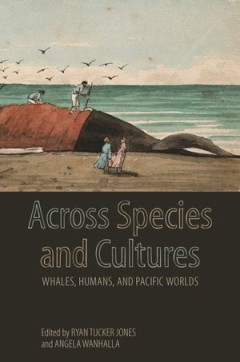
Across species and cultures (EPUB): Whales, Humans, and Pacific Worlds
More than any other locale, the Pacific Ocean has been the meeting place between humans and whales. From Indigenous Pacific peoples who built lives and cosmologies around whales, to Euro-American whalers who descended upon the Pacific during the nineteenth century, and to the new forms of human-cetacean partnerships that have emerged from the late twentieth century, the relationship between the…
- Edition
- -
- ISBN/ISSN
- 9780824892142
- Collation
- -
- Series Title
- -
- Call Number
- 301 ACR a
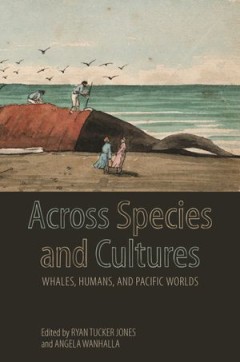
Across Species and Cultures (PDF) Whales, Humans, and Pacific Worlds
More than any other locale, the Pacific Ocean has been the meeting place between humans and whales. From Indigenous Pacific peoples who built lives and cosmologies around whales, to Euro-American whalers who descended upon the Pacific during the nineteenth century, and to the new forms of human-cetacean partnerships that have emerged from the late twentieth century, the relationship between the…
- Edition
- -
- ISBN/ISSN
- 9780824892135
- Collation
- -
- Series Title
- -
- Call Number
- -
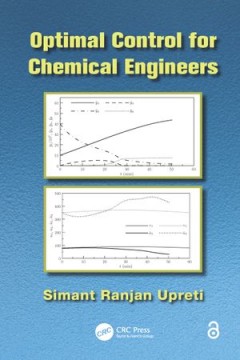
Whose History? Engaging History Students through Historical Fiction
Whose History? aims to illustrate how historical novels and their related genres may be used as an engaging teacher/learning strategy for student teachers in pre-service teacher education courses. It does not argue all teaching of History curriculum in pre-service units should be based on the use of historical novels as a stimulus, nor does it argue for a particular percentage of the use of his…
- Edition
- -
- ISBN/ISSN
- 9781922064509
- Collation
- -
- Series Title
- -
- Call Number
- -
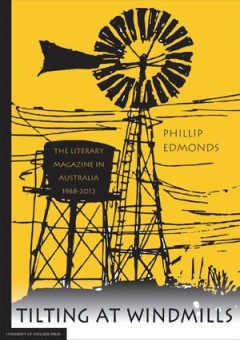
Tilting at Windmills: The Literary Magazine in Australia, 1968-2012
Up until the late 1960s the story of Australian literary magazines was one of continuing struggle against the odds, and of the efforts of individuals, such as Clem Christesen, Stephen Murray-Smith, and Max Harris. During that time, the magazines played the role of 'enfant terrible', creating a space where unpopular opinions and writers were allowed a voice. The magazines have very often been ah…
- Edition
- -
- ISBN/ISSN
- 9781925261059
- Collation
- -
- Series Title
- -
- Call Number
- -
 Computer Science, Information & General Works
Computer Science, Information & General Works  Philosophy & Psychology
Philosophy & Psychology  Religion
Religion  Social Sciences
Social Sciences  Language
Language  Pure Science
Pure Science  Applied Sciences
Applied Sciences  Art & Recreation
Art & Recreation  Literature
Literature  History & Geography
History & Geography